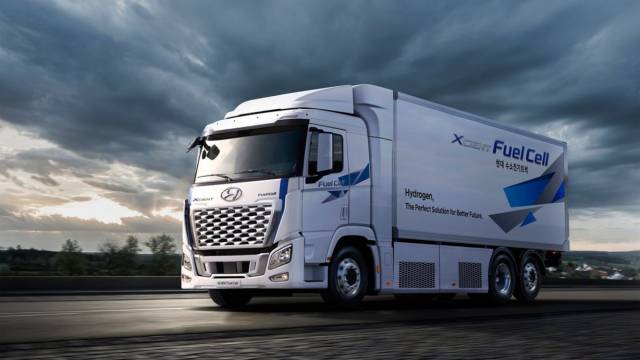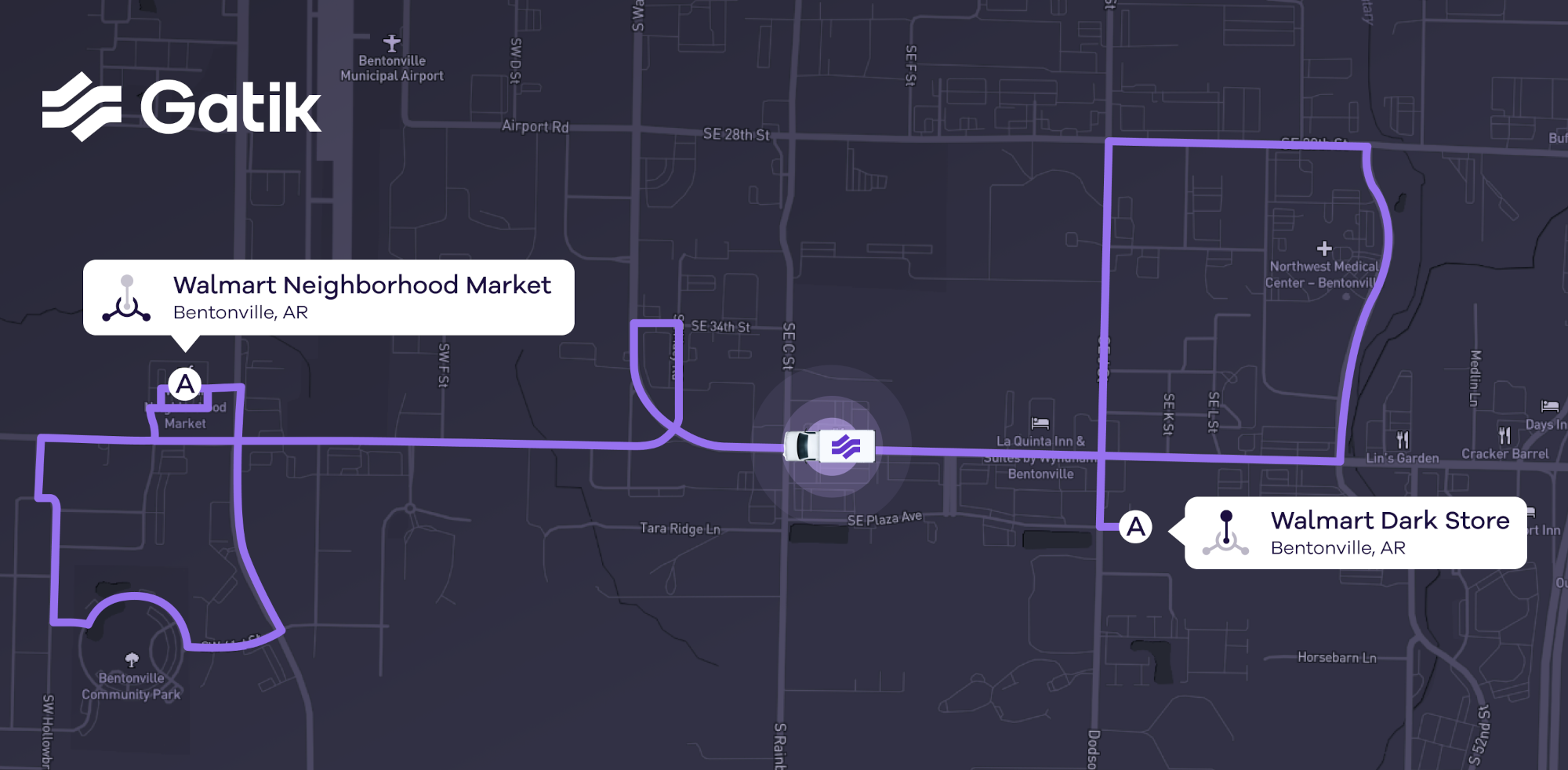
Think back to when you were a kid, and people asked what job you wanted to do when you grew up. Did you say a truck driver? Well, now, once you turn 18, you can become one.
But why would you want to?
The Developing Responsible Individuals for a Vibrant Economy (DRIVE-Safe) is changing to allow 18-year-olds to drive trucks across states. While 48 out of 50 US states currently allow 18-year-olds to obtain a Commercial Driving License until federal law is changed, they cannot drive a truck across state lines until they are 21.
As a result, transportation secretary Pete Buttigieg will create an apprenticeship program for young truck drivers by Jan. 14, 2022. The apprentice truckers will be required to drive 240 hours under the supervision of an older driver in a truck equipped with safety features like automatic brake systems and a 65 mile per hour speed governor.
But who wants to be a truck driver, and who wants to be mentored by some grumpy dude? A 2019 survey put “YouTube star” as the dream job of kids. I’m not sure if the COVID-19 lockdowns have done anything to dissuade them.
But who wants to work as a truck driver?

The idea of on-the-job training sounds excellent. But I’m also not sure truck drivers are all that keen to act as master apprentices to kids. CDLLife posted a poll on the topic on the CDLLife App.
Out of more than 1,000 responses, 83% of drivers were against lowering the interstate driving age to 18. The idea of mentoring kids with no real financial benefits is also pretty unappealing.
But the reality is that trucking is an industry that struggles to attract young talent. According to the International Foodservice Distributors Association, the average age for truck drivers in the US is 46 years old, meaning companies face a retiring workforce.
This is not a problem limited to the US. Research in Europe by the IRU finds that the European supply of drivers currently meets an employment demand of 79 percent, leaving a visible driver shortage of 21 percent. Some 40 percent of truck drivers expect to retire by 2027, creating a shortfall of around 185,000 drivers.
Brexit: a perfect storm for what happens when there’s a driver shortage
We only need to look over the pond to the UK to see what happens when there’s a people shortage. After the Brexit vote, an estimated 20,000 truckers went back to Europe and never returned.
Industry officials claim the UK is around 100,000 truck drivers short, leading to problems like supermarket stock and fuel shortages.
The U.K. is currently around 100,000 truck drivers short, according to industry officials.
In response, the UK government offered temporary visas to European truck drivers, a deal few took up.
Why would you want to work up until Christmas for a country that told you to go home?
Worse, in a poorly paid role, where you spend most of your life on the road. You have limited social connections and even more limited access to bathrooms on the job. Just so other people can buy their Christmas presents or add fuel to their car.
The government ended up getting the army in to drive fuel tankers. That’s one use for people’s tax dollars.
Driver shortages are indicative of bigger industry problems
But back to North America, where some are questioning the hand wringing about a driver shortage.
Industry publication Freight Waves believes that truck driver numbers are up from pre-COVID days. They assert that the news around truck driver shortages distracts from the bigger issue of worker conditions and worker retention, noting that drivers are concerned about parking and pay, an issue ignored by larger carriers who only talk about the driver shortage.
The Owner-Operator Independent Drivers Association takes an equally nuanced stance, saying truck drivers are :
… often restricted by factors beyond their control, such as excessive detention time and the lack of readily-available, safe parking for their trucks. These problems must finally be addressed if the Administration hopes to implement any significant supply chain solutions.
Most of what we are seeing is not a surprise to our members who have been plagued with dysfunction in the supply chain for decades, and it’s not realistic to expect the supply chain will suddenly operate efficiently on a 24/7 schedule when drivers aren’t being fully paid for their time.
They contend that the supply chain shortage is symptomatic of a bigger issue:
The real bottlenecks in the supply chain occur at pickup and delivery points, adding more trucks and drivers will simply make the lines longer, NOT faster…
The solution is remote and autonomous trucks

Let’s go back to those YouTube kids. If you want to get kids involved in heavy freight, look at Einride, who have created electric truck pods without a driver’s cab that drivers remotely control. That’s a good use for the stellar hand-eye coordination of a long Twitch stream.
I believe we will see driverless trucks will be routinely transporting freight on public roads. It’s already happening at a lesser rate on worksites with all truck manufacturers engaged.
In terms of autonomous truck startups, key players include Embark, Plus.ai, and TuSimple, and Waymo. Gatik recently gained attention this month as the first use worldwide of an autonomous middle-mile truck running without a safety driver in the driver’s seat. The trucks run products from a Walmart dark store to a Neighborhood Market.

The routes are fixed and repeatable, two trucks move at speeds up to 72 kmph, making between four and six total runs a day.
Ultimately, without a substantial improvement in the work-life of truck drivers, there’s little incentive for anyone to enter the industry. Lowering the licence age will only invite people to join a sector already plagued by challenging working conditions and pass the problems to the next generation
Get the TNW newsletter
Get the most important tech news in your inbox each week.





